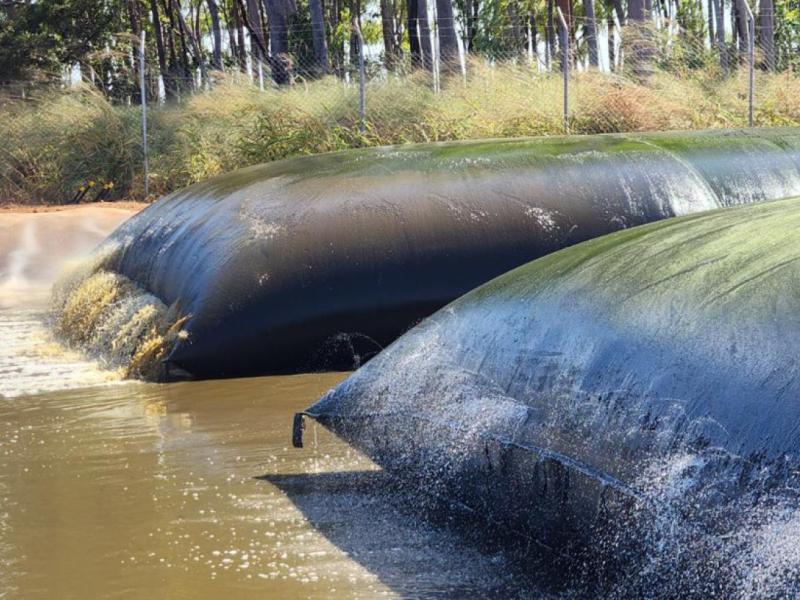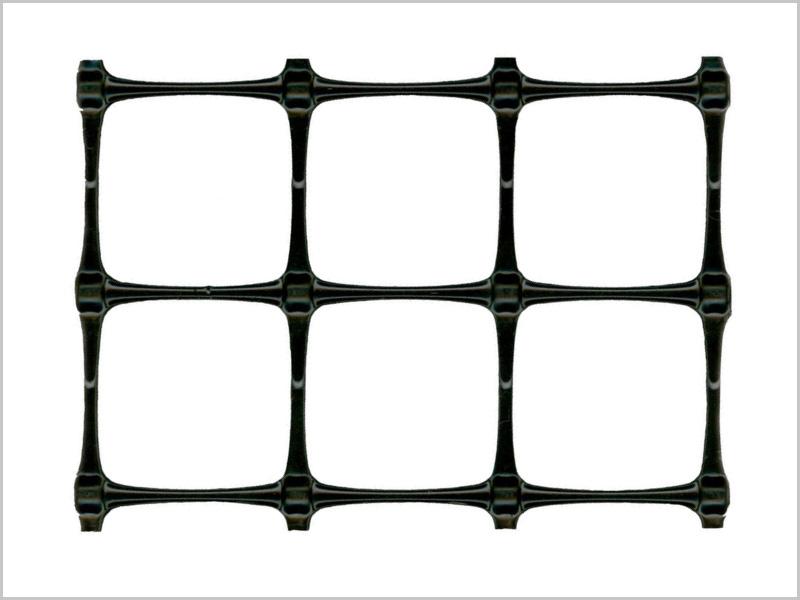
MECHANICAL VS CHEMICAL STABILISED ROAD SUBGRADES
When it comes to stabilising the subgrades that serve as the foundations for our pavements, cost, time, and lifespan are key considerations for the methods used by contractors. Chemical stabilisation is a popular choice among many contractors, but does this popularity rest on misunderstandings about the cost savings and ease of use of this method? It’s time we debunk a few of the myths surrounding the benefits of chemical stabilisation and examine how mechanical stabilisation with geogrids might be a more effective solution. While geogrids may not always have the lowest initial cost compared to lime and cement stabilisation, you may find this method makes the most sense in the long run.
Contractors want a subgrade stabilisation method that’s inexpensive, quick, and won’t require reconstruction in the short-term. There are many ways to stabilise subgrades, but in recent years, chemical techniques such as cement and lime stabilisation have grown in popularity.
Touted as a cost-effective improvement over traditional methods, chemical stabilisers may save money in the short term; but over time, they can put a bigger dent in construction budgets than expected. Tensar’s TriAx Geogrid also offers cost-effective solutions for subgrade stabilisation over the long-term but without the potential risk of premature failure and the headache of reconstruction. When all relevant factors are considered, mechanical stabilisation with geogrid is often the best option for addressing poor subgrade soils.
Lime is one type of chemical stabilisation that is typically used in places with clay-rich soils. Proponents of lime appreciate its low initial cost but it comes with a few drawbacks.
Lime hardens the soil by removing moisture, easing worries caused by clay soils that like to shrink and swell with the weather. Laying down hydrated lime, however, can be time-intensive: it requires dry weather conditions to be effective. It also requires costly specialised equipment. This might not be a problem for contractors with time to spare and ownership of their equipment, but it’s a serious hurdle for others.
Lime also degrades over time. With optimal weather conditions, the initial setup produces a hardened surface, but the lime can leach out over time with precipitation. After six months to a year, the lime stabilised surface may be compromised, resulting in costly reconstruction.
In areas where soil is more silty or sandy, many contractors use cement stabilisation. As with lime, contractors praise cement for its low initial cost and fast application rate, but it, too, can cause delays in construction due to weather, and requires specialised equipment.
Cement stabilisation can require multiple passes in locations with deep soil problems, greatly increasing the cost of stabilisation and offsetting any savings from eliminating the purchase and transportation of rock to the site. This results in a more time-consuming and costly repair method than geogrid stabilisation, which only requires one pass to get the job done.
Finally, all types of chemical stabilisation require some curing time after application before the strength of the subgrade is improved. This can add days or weeks to a construction schedule.
Geogrids don’t require any special equipment for installation: they just have to be rolled out, before the aggregate or other granular material is placed on top. Additionally, geogrids don’t require particular soil types or ideal weather conditions — subgrades stabilised by geogrids remain just as strong in clay-rich soils as they do in soft, sandy or silty soils, and temperature does not affect performance.
This article was originally published by Tensar International on their website on the 6th of November 2018.




